
Bernese Mountain Dog
Bernese Mountain Dog
Bernese Mountain Dog
Have you ever heard the name 'Bernese Mountain Dog'? As 'mountain' in English suggests something mountainous and strong, it conjures up an image of a strong mountain dog! Indeed, this breed has a history of living in mountainous regions, so there's no doubt it's a sturdy dog. On the other hand, it also has a lovely face, which adds to its popularity as one of the large breeds. Would you like to learn more about the Bernese Mountain Dog? Let's delve into its secrets on this page!
Bernese Mountain Dog Basic Infomation
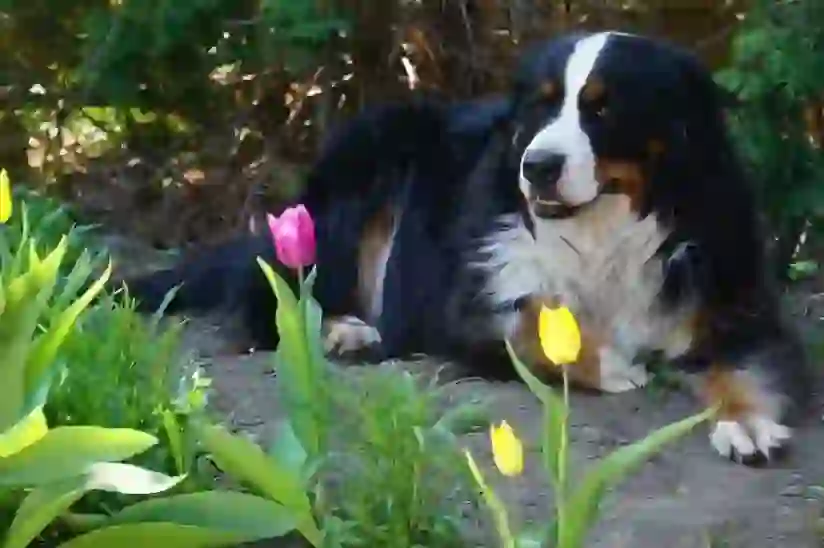
Country of origin: Switzerland
Male height: 64–70 cm, Female height: 58–66 cm
Male weight: 36–52 kg, Female weight: 32–43 kg
The history of the Bernese Mountain Dog is very ancient. It is believed that the ancestors of this breed were dogs brought by the Roman legions during their invasion of Switzerland, which then mixed with local dogs.
Initially called the Dürrbächler, these dogs utilized their strength to help carry loads, and sometimes served as cattle-driving or guard dogs, expanding their roles among the people.
While always following their owners' commands, their calm demeanor and the physical strength developed in the mountainous regions made them indispensable partners to the local people, always being cherished.
Bernese Mountain Dog Q&A

What is the origin of the name 'Bernese Mountain Dog'?
The Bernese Mountain Dog also has another name, 'Berner Sennenhund'. 'Berner' is derived from Bern, a city in Switzerland, meaning 'dog of Bern' and 'Sennenhund' translates to 'mountain dog' in English. Hence, 'Bernese Mountain Dog'.
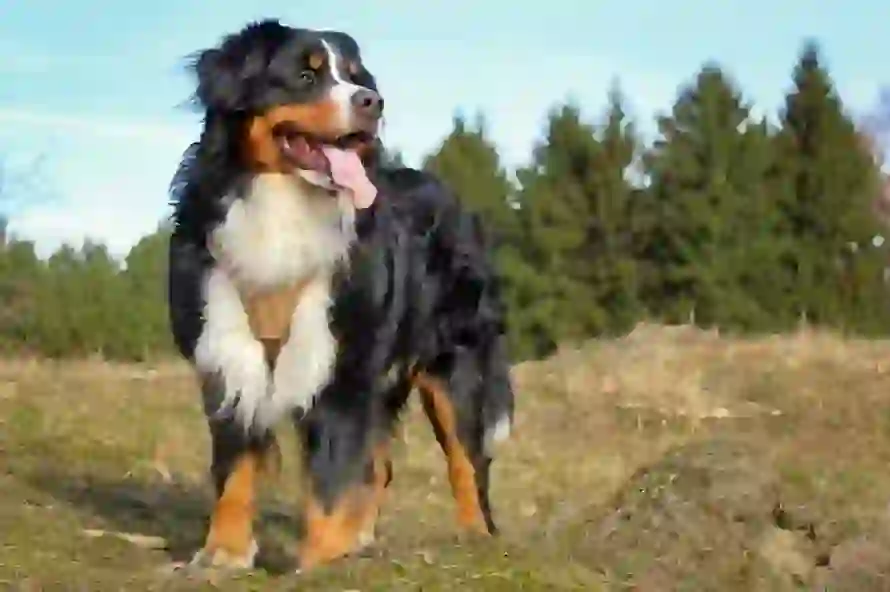
What are the color variations of the Bernese Mountain Dog?
The only color variation is tricolor, consisting of white, black, and brown.
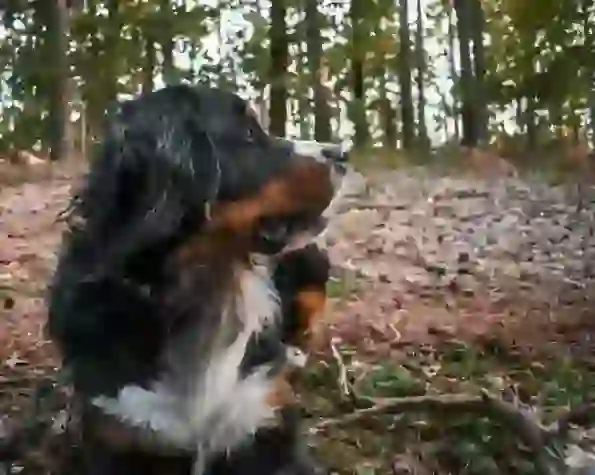
What group does the Bernese Mountain Dog belong to?
Under the classifications of the Japan Kennel Club (JKC) and the Fédération Cynologique Internationale (FCI), the Bernese Mountain Dog belongs to Group 2.
This group includes dogs that serve as guard dogs, police dogs, and other working dogs actively engaged in tasks alongside humans.
Typically, breeds in Group 2 are large, strong, and robust, often serving as guard dogs.
They generally have a strong protective instinct and can exhibit a strong personality, but they show deep affection and loyalty to their family and owners.
Therefore, it is important for the owner to establish themselves as the leader; a strong bond of trust can make these dogs reliable and valuable partners.
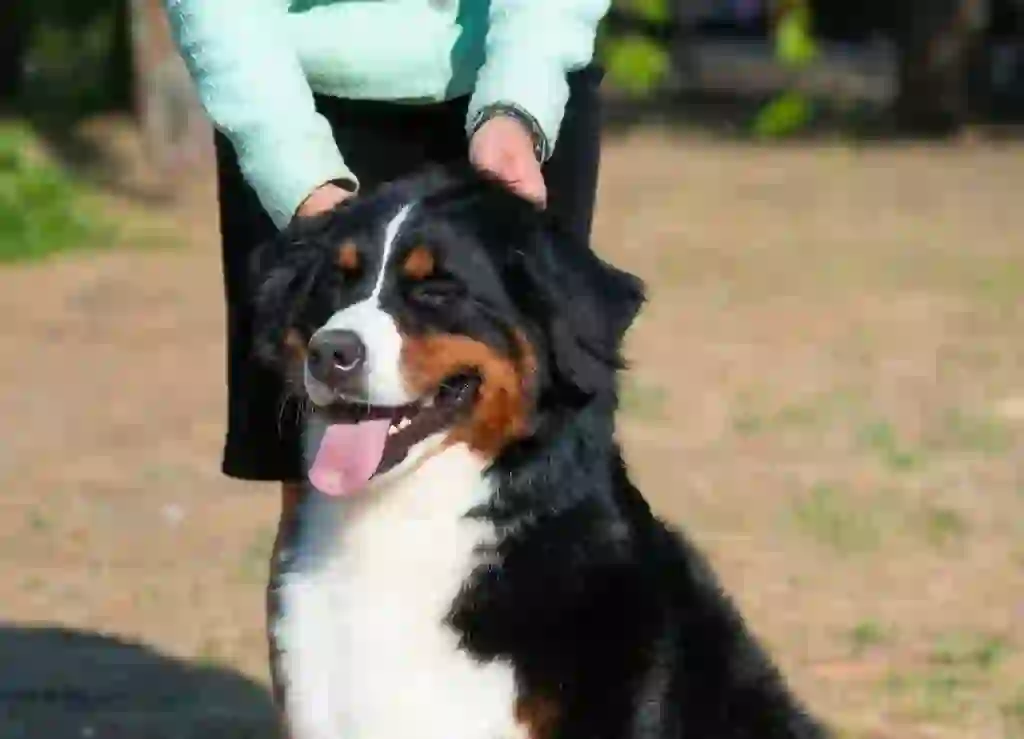
What does the Bernese Mountain Dog look like?
They have drooping ears, and a short muzzle which gives them an adorable expression with round eyes. Their coat is either straight or slightly wavy.
The brown markings above their eyes can resemble furrowed brows, enhancing their facial cuteness. Bernese Mountain Dog puppies look like live teddy bears.
As they mature, they grow into large dogs with a sturdy build, maintaining their cuteness despite their size.
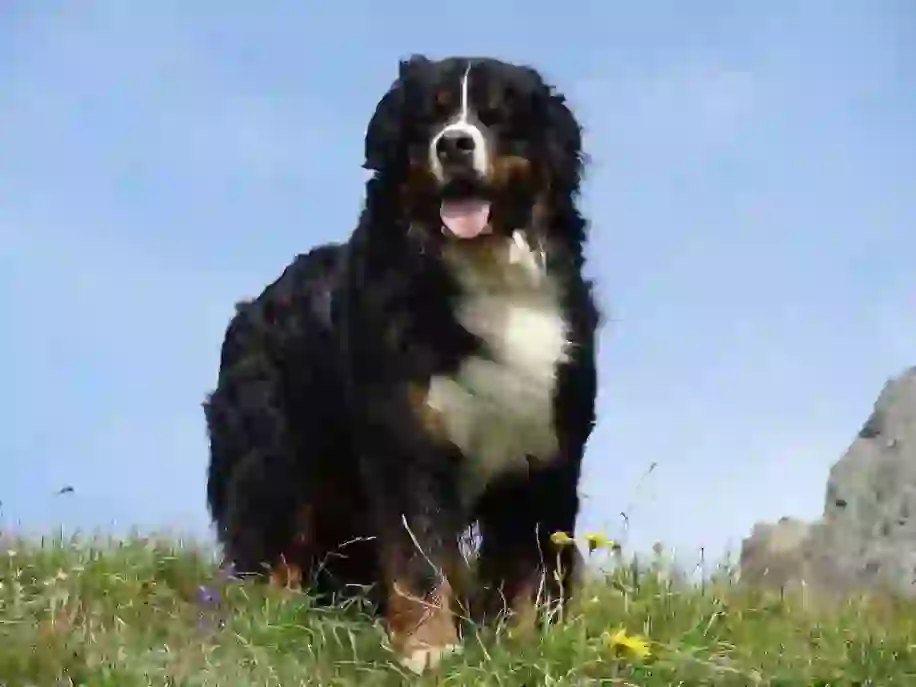
Is it true that the Bernese Mountain Dog was once near extinction?
Yes, it is true. As mentioned earlier, Bernese Mountain Dogs were originally used to assist people in their daily tasks, but as civilization progressed, new means of transportation like cars and machinery began to emerge.
This led to a decrease in the number of people breeding Bernese Mountain Dogs, and their numbers drastically declined.
In response to this crisis, Swiss enthusiasts and breeders stood up to save the breed.
Despite difficulties in finding pure Bernese Mountain Dogs, they eventually located some in remote areas where vehicles and machinery could not reach, allowing these dogs to survive without being displaced by new technologies.
In 1892, a breeding program based on these dogs was initiated, and by 1902, their numbers had increased sufficiently for them to participate in dog shows.
Nowadays, they are more commonly kept as companion dogs.
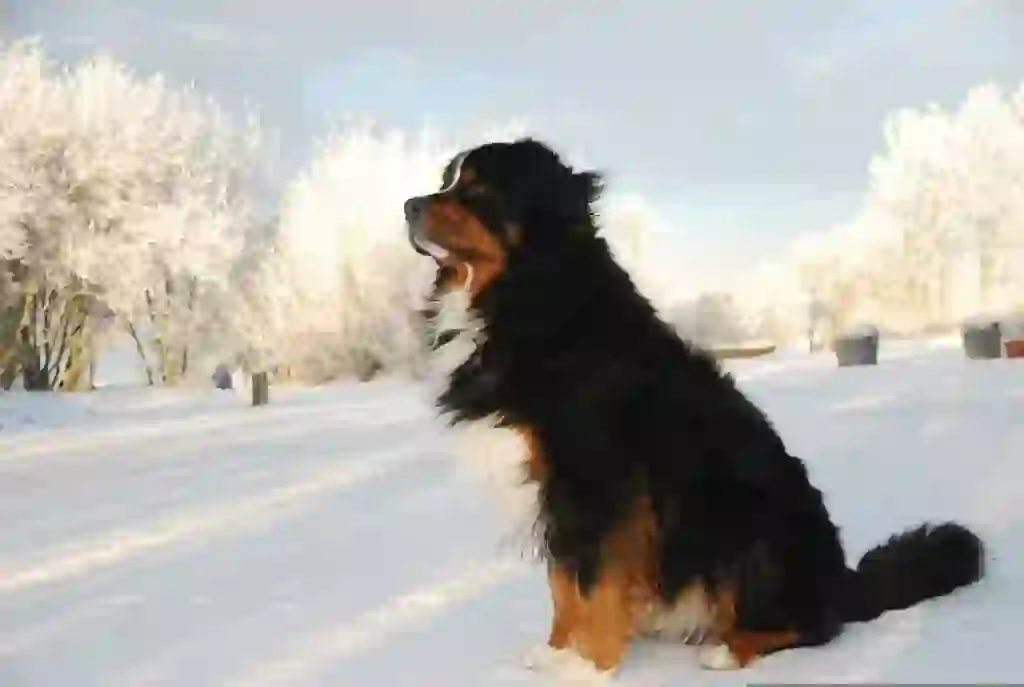
What is the lifespan of the Bernese Mountain Dog?
The lifespan of the Bernese Mountain Dog is generally 7 to 10 years, which is shorter than the average lifespan of dogs, which is about 14 years.
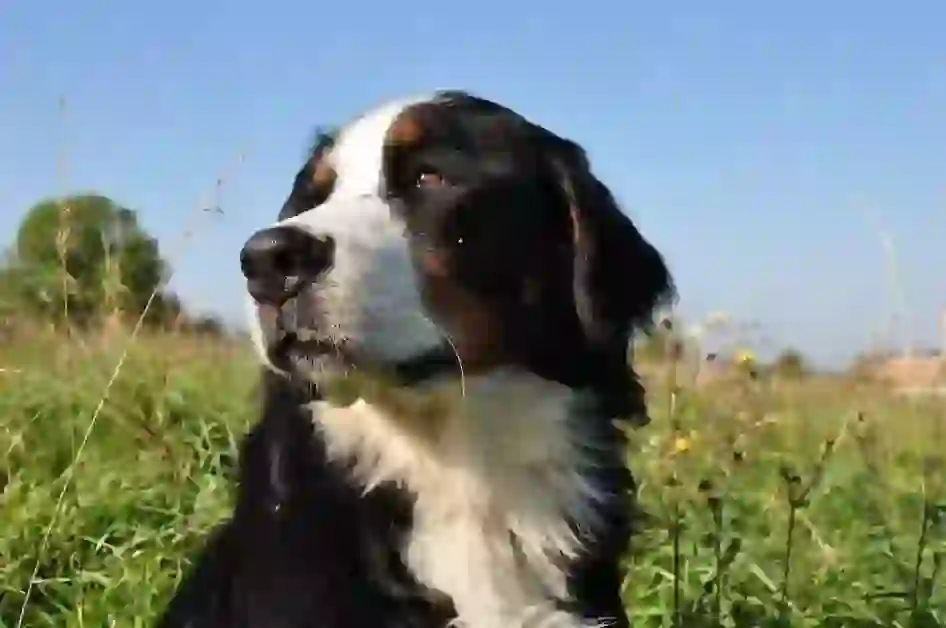
Why do Bernese Mountain Dogs have a short lifespan?
Large dogs generally have shorter lifespans, and the Bernese Mountain Dog is no exception. Let's look at some reasons:
1. Organs are too small to sustain their large bodies.
Despite their size, the organs of large dogs are not significantly larger than those of small dogs. This means that the larger the body, the more blood and oxygen are needed, placing greater strain on the heart and lungs, which can accelerate aging and lead to a shorter lifespan.
2. Higher number of cell divisions.
Large dogs grow by repeating cell divisions to increase and maintain their body size. However, there is a limit to the number of times cells can divide. Once this limit is reached, new cells can no longer replace old ones, which accelerates aging and leads to a shorter life.
Bernese Mountain Dogs grow rapidly due to frequent cell divisions, which is believed to contribute to their shorter lifespans.
An old Swiss saying goes, 'Three years a young dog, three more years a good dog, another three years an old dog, and anything more is a gift from God,' indicating how precious each year is for a Bernese Mountain Dog that lives over ten years.
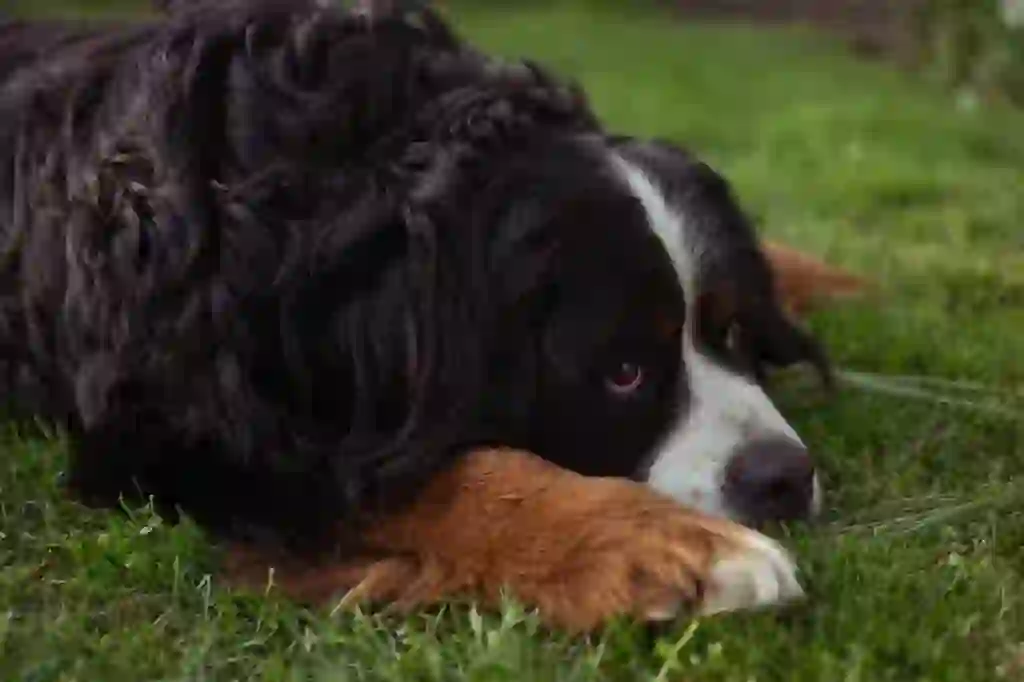
How much does it cost to purchase a Bernese Mountain Dog?
The cost of a Bernese Mountain Dog from a pet store is around 300,000 yen, while purchasing from a breeder can cost between 300,000 to 500,000 yen. If you find a puppy you like, it is advisable to visit and see it first.
Moreover, breeders with higher qualifications, known as 'Serious Breeders', make up only about 5% of breeders in Japan, which are roughly 20,000 dog kennels. Therefore, buying from a 'Serious Breeder' can be more expensive than from a general breeder.
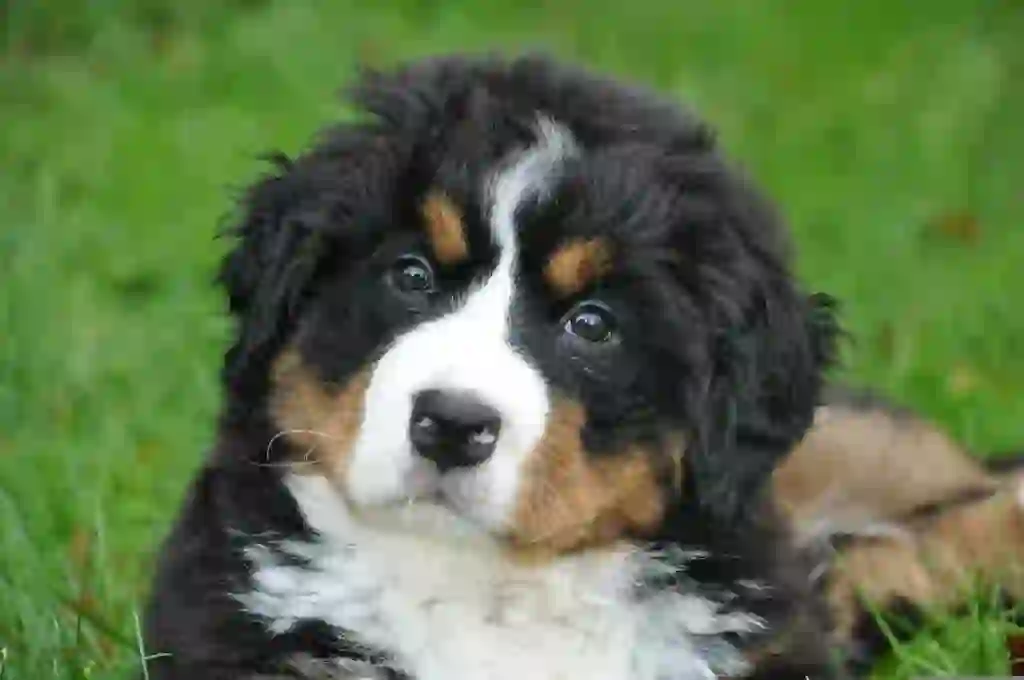
What exercise and care do Bernese Mountain Dogs need?
Dogs of all breeds need regular walks. The Bernese Mountain Dog requires two hours of walking, divided into two sessions, each lasting 60 minutes.
Due to their thick fur, daily grooming with a pin brush and comb is ideal, but during non-shedding periods, grooming twice a week is sufficient. Bathing should be done once or twice a month.

What are the characteristics and temperament of the Bernese Mountain Dog?
1. They have a calm and mature personality!
Generally gentle and good-natured, puppies may exhibit playful and mischievous behaviors, but they grow calmer as they mature. Despite their large size, they carry themselves with confidence and do not easily get provoked by other dogs.
Their deep affection makes them protective of their owners and family, and they can act as guard dogs when needed. Although their size makes them somewhat challenging to manage, a strong bond of trust can turn them into very dependable companions.
2. They are resistant to cold but not heat.
Originally bred in the snowy Swiss mountains, they are well-adapted to cold climates but less so to heat. Thus, summers in Japan can be particularly tough for them.
During hot periods, it is recommended to keep them in air-conditioned spaces, avoid walking them during the hottest parts of the day, and prefer cooler early mornings or evenings for walks.
While ideally, they should walk for two hours a day, the weather and temperature might not always allow for this. If walk times need to be shortened, running them in hilly dog parks can help them get adequate exercise without overheating.
3. Start training them from puppyhood!
Dogs go through a 'socialization period' from about three weeks to twelve weeks old. Training during this time is crucial for a happy future with your pet.
Toilet training should be encouraged with praise when done correctly.
Prevent 'nipping' as it can lead to injuries when they are adults. Replace your hand with a suitable toy, and if they nip at you, respond with a firm 'No' instead of shouting.
Get them used to being touched by humans to prevent aggression during vet visits or in situations where they are handled by strangers.
Teach them to enter and stay calm inside a crate, which is essential for visits to the vet or in emergencies. Use treats to make them associate the crate with positive experiences.
Accustom them to the outdoors by carrying them outside until they are three months old, then gradually let them walk on their own with a leash. Always start by matching their pace rather than pulling them along.
Other commands like 'sit' or 'stay' and getting used to being alone can be taught after the socialization period, but start with the basics when they are puppies.
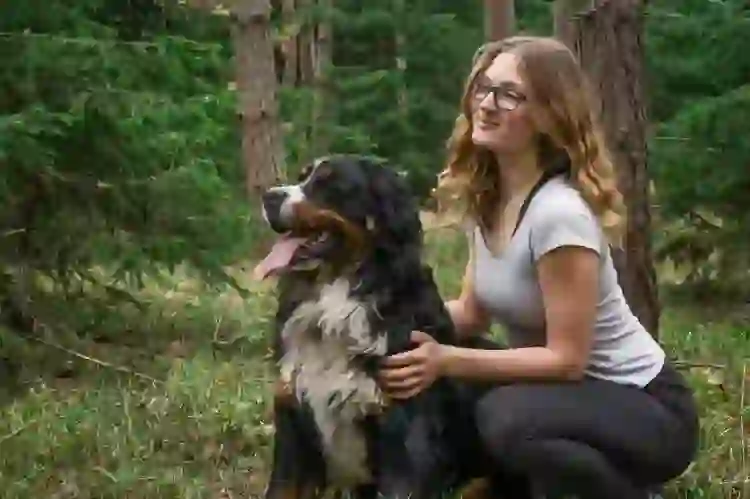
What are common illnesses in Bernese Mountain Dogs?
Like most breeds, Bernese Mountain Dogs are susceptible to skin diseases due to their dense fur. Additionally, their facial structure often results in protruding eyes, which can lead to injuries or inheritable eye diseases.
Specifically, they are prone to 'otitis externa', 'cataracts', and 'hip dysplasia'.
Otitis externa can cause redness in the ear flaps and external ear canal, along with black ear wax and a foul smell. Visible signs are clear, but if they start rubbing their ears or shaking their head, it could indicate they are suffering from this condition.
Cataracts cloud the lens of the eye, making it difficult for them to see. This can be caused by genetics, aging, diabetes, or injuries. Early-stage cataracts can be managed with eye drops to slow progression, but surgery might be necessary to remove clouded lenses.
Hip dysplasia is a condition where the hip joints become loose, which can develop during puppyhood but sometimes occurs in dogs around two to three years old. It is common in larger breeds like St. Bernards and retrievers.
Symptoms include wobbling or dragging of the rear legs, reluctance to engage in activities like climbing or jumping, and pain. In early stages, pain relief medication and exercise restrictions can help, but severe cases might require surgical intervention. There are several surgical options, so discuss the best course of action with your vet based on your dog's condition and lifestyle.

Would you like to become a part of the 'Animalbook.jp'?
Turn your knowledge into Q&A and share it with the world. ※Publication will be activated after purchase. Let's share information together!
Bernese Mountain Dog Type of List

- Bernese Mountain Dog
Information
Congratulations! You are the first commenter!

Create Your Favorite List!
Bernese Mountain Dog
Save the animals you love! Build your own list to quickly revisit your favorites later.

Would you like to leave a comment?
※Please note: This is for the purchase of rights to post comments within the article.
Find Your Favorites!
Our shop offers a unique and attractive selection of goods themed around various animals.
Bernese Mountain Dog References

- よくわかる犬種図鑑ベスト185 動物ジャーナリスト藤原直太朗
- まるごとわかる犬種大図鑑 監修 若山動物院院長 若山正之
- AMERICAN KENNEL CLUB https://www.akc.org/dog-breeds/bernese-mountain-dog/
- THE KENNEL CLUB https://www.thekennelclub.org.uk/search/breeds-a-to-z/breeds/working/bernese-mountain-dog/
- JAPAN KENNEL CLUB https://www.jkc.or.jp/archives/world_dogs/2718
- 犬との暮らし大百科 https://www.anicom-sompo.co.jp/inu/
- みんなの犬図鑑 https://www.min-inuzukan.com/
- Pet Smile news forワンちゃん https://psnews.jp/dog/
- 子犬のへや https://www.koinuno-heya.com/
- わんちゃんホンポ https://wanchan.jp/
Bernese Mountain Dog Introduction of media used

出典:https://pixabay.com/images/id-4182345/

出典:https://unsplash.com/photos/YRUzuSC48Zs

出典:https://unsplash.com/photos/GAn_4SkPSlY

出典:https://www.pexels.com/ja-jp/ja-jp/photo/11097365/

出典:https://pixabay.com/images/id-2148857/

出典:https://pixabay.com/images/id-2030351/

出典:https://pixabay.com/images/id-1183475/

出典:https://unsplash.com/photos/gMHK-u5EHzk

出典:https://pixabay.com/images/id-1177076/

出典:https://unsplash.com/photos/hiDu5ADaKM4

出典:https://pixabay.com/images/id-7014441/
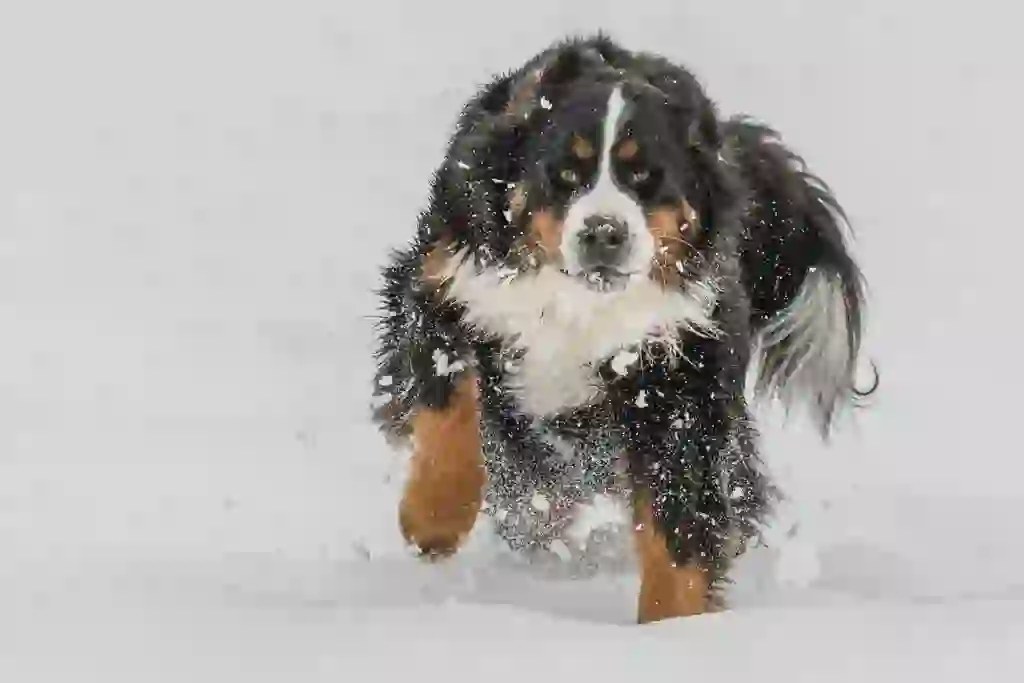
出典:https://pixabay.com/images/id-3202019/

出典:https://pixabay.com/images/id-1962966/
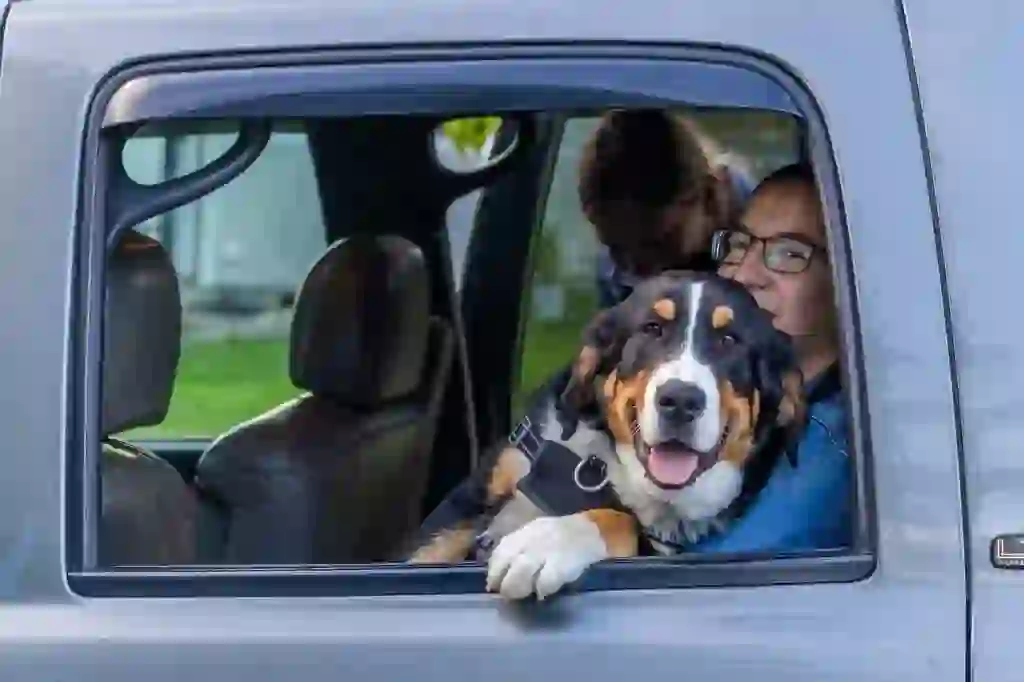
出典:https://pixabay.com/images/id-7249575/

出典:https://pixabay.com/images/id-2030351/

出典:https://pixabay.com/images/id-1173509/

Help Enrich Our Animalbook.jp with Your Media!
We are constantly looking to expand and enrich our Animalbook.jp with amazing photos and videos of animals. If you have any media that you'd like to share, please contribute and help us showcase the beauty and diversity of the animal kingdom. Your submissions will be credited and featured in our encyclopedia, reaching a wide audience of animal lovers.


















